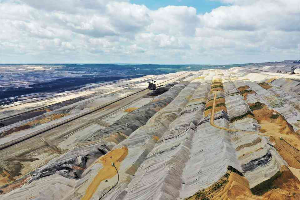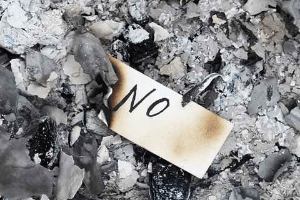Passage Four
Every culture and every country in the world celebrates New Year, but not everyone does it the same way. The countries in North America and Europe welcome New Year on January the first. This practice began with the Romans in the Middle East, New Year is when spring begins. People in China and Vietnam celebrate it on the first day of the Spring Festival, which is the first day of their calendar based on the moon. Rosh Hashana, which is the Jewish (犹太人的) New Year, comes at the end of summer. The Hindus (印度教教徒 ) in India celebrate the first day of each season, so they have four New Years.
In all these cultures, there is a practice of making noise. People made noise in ancient times to drive away the evil spirits (妖精) from their homes. Today making noise is more of a custom than a religious rim
In the United States, many people stay up until midnight on New Year’s Eve to watch the clock pass from one year to the next. Friends often gather together at a party on New Year’s Eve, and when the new year comes, all ring bells, blow’ whistles, sing songs, and kiss each other. A favorite Scottish song which everyone sings together is Auld Lang Sync. The words tell of old friends and good times.
In all cultures, New Year’s Day is a time when people think of new beginnings. They want to make the coming year better than the last one. Many people in the United States make New Year resolutions. These are specific promises that they make to improve their behavior, change their habits, and become better people. There are many jokes about how a person keeps his or her New Year resolutions.
48. In ancient times, the practice of making noise was meant ______.
A. to keep the evil spirits away
B. to have fun
C. to celebrate the coming of the new year
D. to keep to a custom
正确答案:A
48.答案为A此考题为细节题根据文章第2段第2句Peoplemadenoiseinancienttimes
todriveawaytheevilspiritsfromtheirhomes就可肯定A正确






